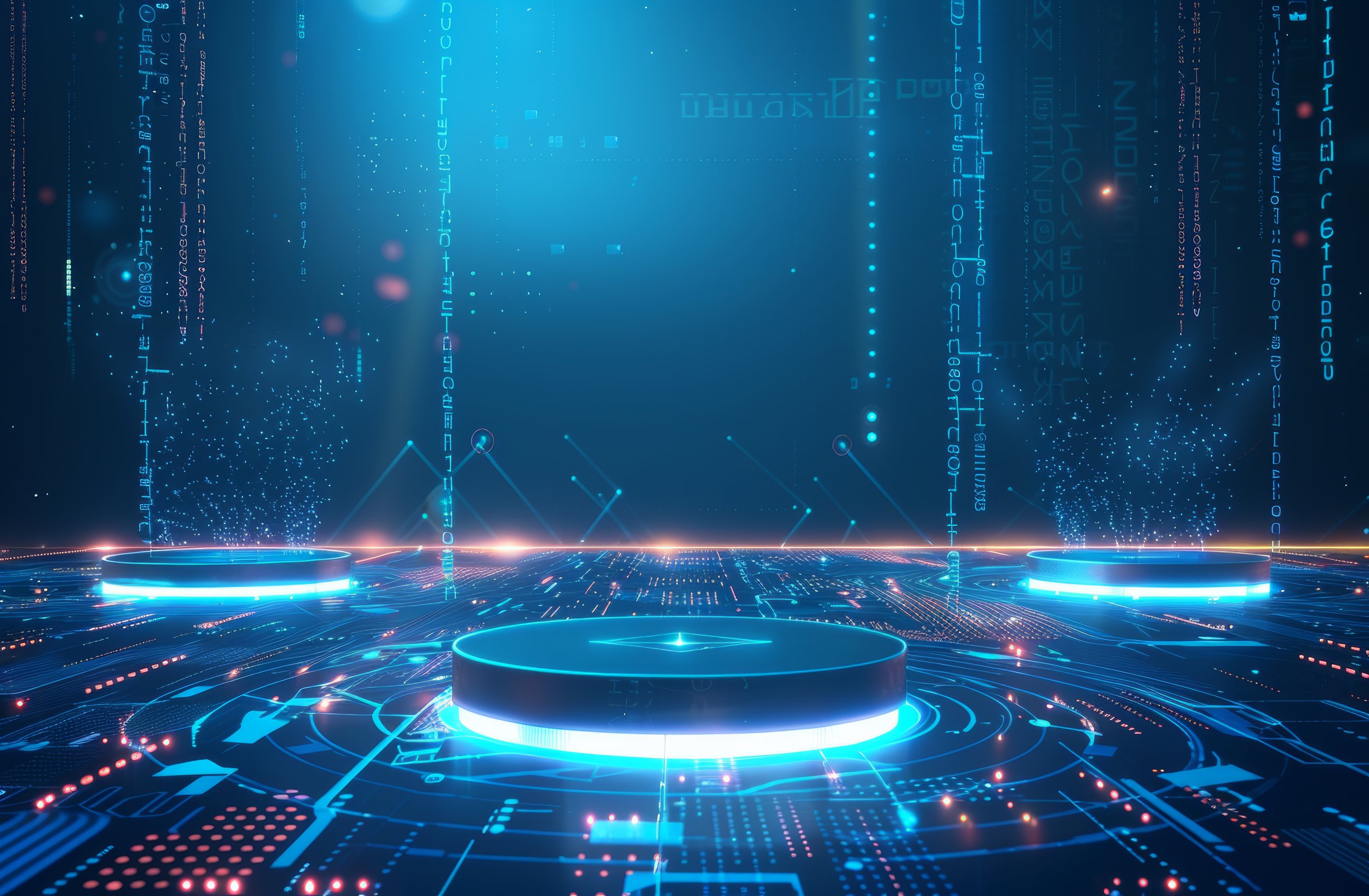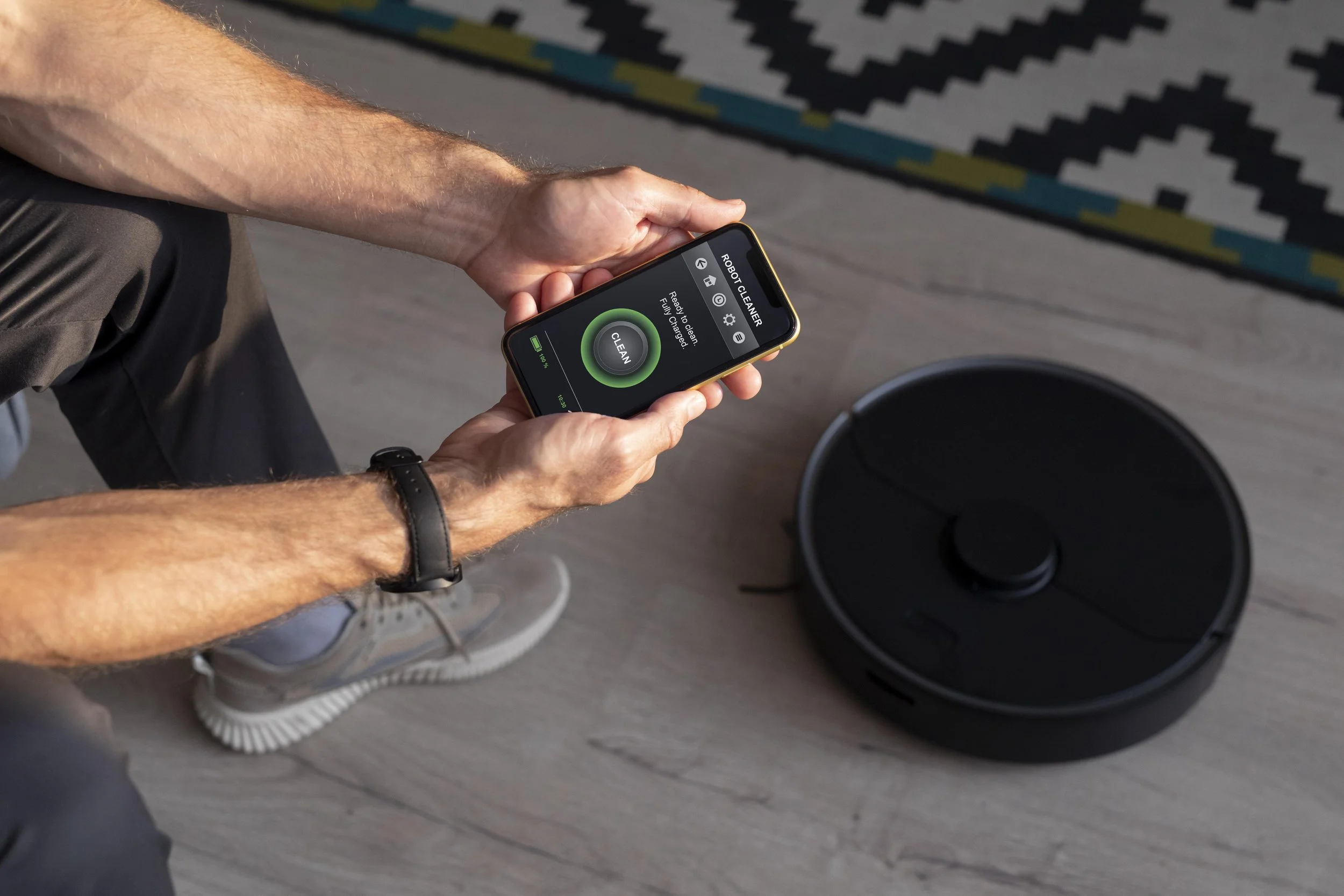The Future of Cleaning: IoT Sensors and Data-Driven Deep Cleans
Are you tired of guessing whether your building is actually clean or only looks clean? Walking into a gym, lobby, or restroom and thinking, “This should have been cleaned hours ago”? That frustration is exactly why you’re here. You want a cleaning approach that is predictable, consistent, and truly based on what your building needs, not on a rotating schedule that doesn’t match real usage.
Property managers, community operators, and building owners across the country are facing the same problem. Spaces are being used differently every day, and traditional cleaning schedules simply can’t keep up. That’s where the future steps in, with cleaning powered by IoT sensors and data-driven Deep Cleans.
In this blog, you’ll understand exactly how smart cleaning works and why it matters.
Key Takeaways
IoT sensors track real-time activity in your building.
Data helps cleaning teams focus where it’s actually needed.
Data-driven Deep Cleans are more accurate than scheduled cleaning.
Buildings get cleaner, safer, and easier to manage.
What Is Data-Driven Deep Cleaning?
Data-driven cleaning means using real-time data, like foot traffic, air quality, or surface hygiene readings, to decide when and where cleaning needs to happen.
Instead of “clean this lobby every day at 3 PM,” it becomes “Clean the lobby when traffic hits a set threshold.” And when that data triggers professional deep cleaning services, you get a level of hygiene that is impossible with traditional scheduling alone.
This creates:
more consistent results
fewer missed spaces
smarter use of staff and time
How IoT Sensors Work in Cleaning: A Quick Breakdown
Occupancy Sensors
These track how many people are using specific spaces. More activity = faster wear and tear, which means faster cleaning alerts.
Air Quality Sensors
These measure things like humidity, ventilation, dust levels, and VOCs. When levels dip, a cleaning task is triggered.
Surface Hygiene Sensors
Often used in high-touch spaces such as gyms, kitchens, and shared amenities. They detect germ levels and alert cleaning teams when a professional deep cleaning is needed.
Dispenser and Consumable Sensors
These alert teams are used when supplies like soap, sanitizer, and paper towels are running low.
Why Data-Driven Deep Cleans Matter for Modern Buildings
Buildings today are used differently from how they were even five years ago. Work-from-home patterns, community amenities, and flexible spaces mean cleaning can't stay rigid.
Faster Response Times
Sensors guide teams straight to hotspots. No waiting. No guessing.
Better Hygiene
High-traffic areas get cleaned more often. Low-traffic areas don’t get unnecessary attention.
Higher Resident and Tenant Satisfaction
People feel more comfortable in a consistently clean space.
Resource Efficiency
Cleaning teams spend their time where it truly matters.
How Amenify Uses Smart Cleaning Strategies
Amenify cleaning experts recommend the best way to keep buildings healthy is to maintain them daily with the same level of consistency as a building’s occupants do. Buildings themselves will not usually install sensors to monitor how clean they are, but Amenify employs technology-enabled quality assurance, tracking, and reporting systems in order to ensure that all deep cleans are performed accurately.
With Amenify, property managers get:
transparent task completion updates
trained teams who follow evidence-based cleaning methods
consistent cleaning aligned with real needs
Experience smart, data-driven deep cleaning—book your 2025 professional service with Amenify today!
How Do IoT Sensors Improve Deep Cleans?
Sensors collect real-time data.
Data identifies high-touch, high-use, or high-risk zones.
Cleaning tasks are triggered automatically.
Teams complete tasks with accuracy.
Managers get proof and visibility of every deep clean.
Practical Examples of IoT Cleaning in Action
Smart Restrooms
Usage is monitored by sensors.
Alerts are sent when cleaning frequency needs to be increased.
Odor complaints are reduced.
Fitness Centres and Gyms
Professional cleaners are notified when high-touch surfaces need professional deep cleaning.
Hygiene is improved for residents and participants.
Community Lounges and Lobbies
Foot-traffic sensors allow managers or teams to clean before there are any major issues with cleanliness or hygiene.
Spaces stay clean and comfortable so residents can enjoy them.
Waste Areas
Fill-level sensors help managers avoid overflowing rubbish bins and more pungent smells rising from them.
What Are the Benefits for Property Managers?
Proactive Maintenance
Identify issues before they become serious.
Increased Productivity
The team adjusts its work schedule to match.
The Well-Being of Residents Is Increased
A Clean Environment Will Grow and Maintain Trust and Satisfaction With Residents.
Steps to Implement IoT and Data-Driven Cleaning
Step 1: Assess the Building
Identify high-touch and high-traffic areas.
Step 2: Select Sensor Types
Pick occupancy, air quality, hygiene, or dispenser sensors based on building usage.
Step 3: Set Automation Rules
Define what triggers a cleaning task.
Step 4: Train the Cleaning Team
Teams need to understand how to respond to data alerts.
Step 5: Review Data Weekly
Spot trends and adjust cleaning strategies.
Step 6: Partner With Amenify
For communities that want a tech-enabled, modern, and flexible system, amenify provides trusted teams who deliver deep cleans built for the real world, not just a calendar.
What’s Next? Future Trends in Smart Cleaning Technology
AI Predictive Cleaning
AI will analyze patterns to schedule cleans automatically.
Robotics in Cleaning
Robots will assist with repetitive tasks like floors.
Voice-Activated Cleaning Requests
Residents or staff can simply say, “Send a cleaning team.”
Autonomous Replenishment
Supplies are restocked automatically when sensors detect low levels.
How IoT Cleaning Supports Sustainability
Less waste
Smarter energy use
Better air quality
Fewer unnecessary cleaning rounds
All of this supports modern ESG goals.
Industries That Benefit the Most
Multifamily Communities
Flexible spaces and shared amenities make smart cleaning essential.
Commercial Spaces
Office foot traffic patterns constantly shift.
Retail and Hospitality
High-touch surfaces demand real-time cleaning.
Healthcare Offices
Data helps maintain safer, healthier environments.
Traditional Cleaning vs Data-Driven Deep Cleaning
| Feature | Traditional Cleaning | Data-Driven Cleaning |
|---|---|---|
| Schedule | Fixed | Real-time |
| Accuracy | Varies | High |
| Efficiency | Lower | Higher |
| Resident Satisfaction | Inconsistent | Strong |
| Resource Use | Often wasteful | Optimized |
Conclusion
Smart cleaning isn’t the future; it’s right now. Buildings need more than fixed schedules; they need cleaning that adapts to how people actually use spaces. From IoT sensors to professional deep cleaning, the shift toward smarter hygiene is here to stay.
And when communities want reliable, tech-powered cleaning they can trust, Amenify is already helping them get there.
-
A cleaning technique that employs sensors to detect the usage of spaces and determine when to clean.
-
An IoT Sensor allows you to know the exact location of cleaning activity by location, so you won't overlook high-volume areas.
-
Not always. Many communities start with simple occupancy or air sensors.
-
Yes, because it responds to real activity, not a fixed routine.
-
Yes. Consistency improves when cleaning aligns with real usage.
-
Tech-enabled cleaning platforms provide digital proof of completion.





